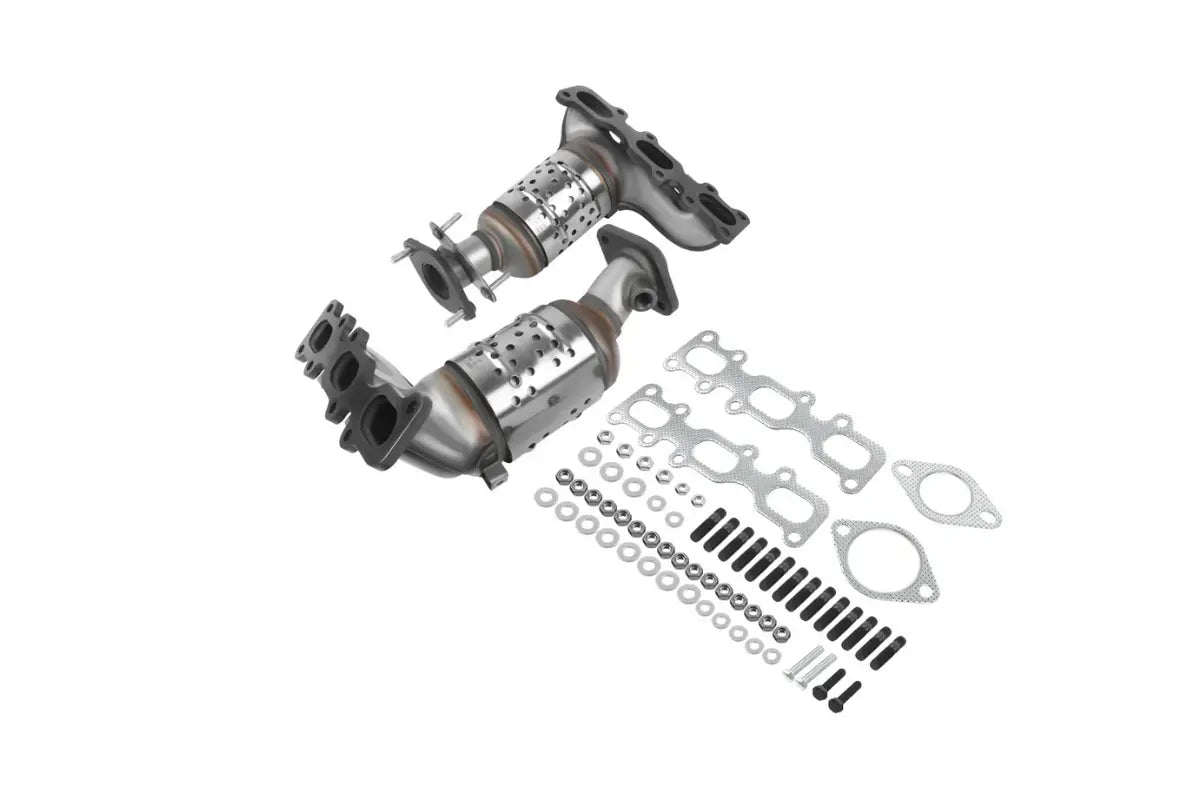Top Reasons Why C...
Dec 07, 2024

In today's world, cars are a big part of our daily lives, but most people have no idea about the detailed mechanisms that keep them running. While most drivers know the basics—how to drive and when to refuel—few are familiar with the complex components that make modern vehicles environmentally friendly. A key example is the catalytic converter, a crucial device that significantly reduces harmful emissions. Despite such an important role, few drivers understand what a catalytic converter does, how it works, or why it is crucially important to both vehicle performance and protection of the environment.
As an automotive engineer, I must say that the catalytic converter is one of the most important components in the exhaust system. The catalytic converter is so designed to significantly reduce hazardous pollutants produced during combustion at an internal combustion engine.
The main role of the catalytic converter is to minimize dangerous emissions of hydrocarbons, carbon monoxide, and nitrogen oxides from a vehicle's exhaust. All these pollutants, if left untreated, may greatly contribute to the development of such ecological problems as smog and acid rain.
Catalytic converters perform this by making use of catalysts, typically with the composition of precious metals such as platinum, palladium, and rhodium. These metals enable the chemical reactions of oxidation and reduction that are the prime converters of toxic gases into much less harmful ones. The chemical reactions involve, for example, the conversion of carbon monoxide, CO to carbon dioxide, CO2; whereas nitrogen oxides, NOx are reduced to nitrogen, N2 and oxygen, O2-both harmless gases naturally occurring in the atmosphere.
Notably, catalytic converters play an essential role in both compliance and the protection of our environmental interests from a technical point of view. Without them, vehicle emissions would contribute far more to air pollution, making such devices an important feature in our ongoing efforts toward becoming an ecologically friendly people.
The number of catalytic converters on a vehicle is determined by the make and model of the vehicle, the type of engine, and sometimes the emissions it will produce. On most modern cars, the number ranges from one to four.

Dual Converters: Many cars, especially those with V6 or V8 engines, are equipped with two catalytic converters—one for each bank of cylinders. This setup ensures that all exhaust gases are effectively treated before being released.
